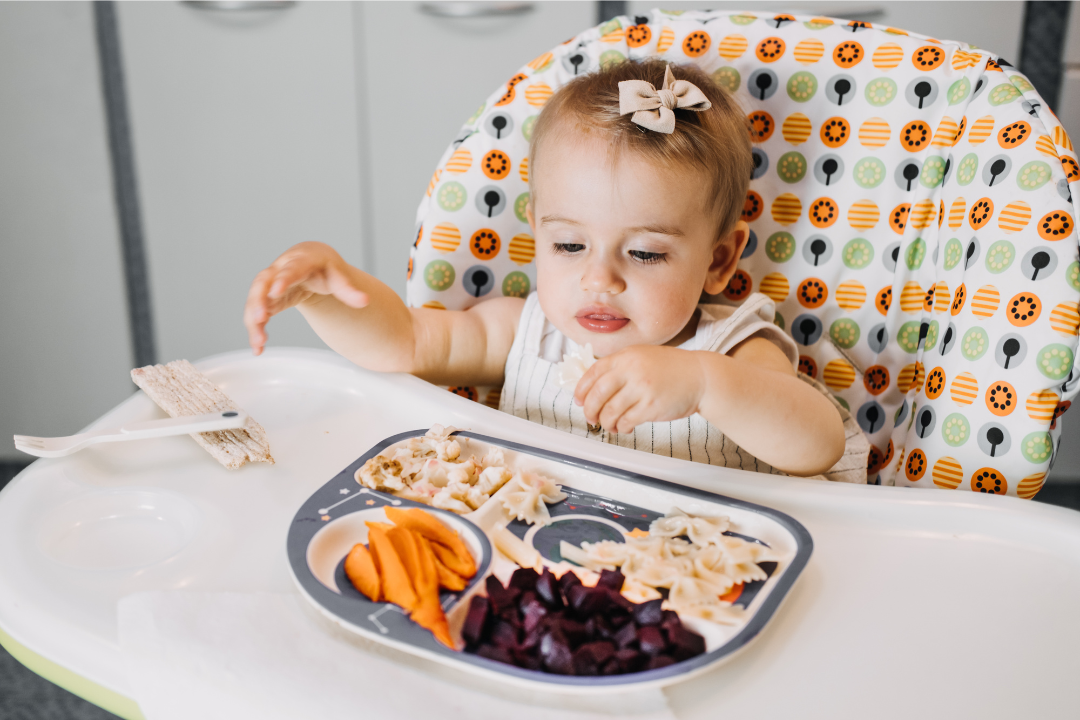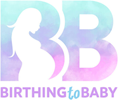Is Your Baby Ready for Solid Food?

Signs to Look for Before Taking That First Bite
Introducing solid foods is an exciting milestone in your baby’s development! It marks a big step toward independence and helps build the foundation for a lifetime of healthy eating. But how do you know when your baby is truly ready?
While most babies are ready to start solids around 6 months of age, it’s important to look for developmental signs rather than going by age alone.
✅ Signs Your Baby May Be Ready for Solids
Here are some key indicators that your little one may be ready to explore new tastes and textures:
- Good Head Control: Your baby can hold their head up steadily without support.
- Sitting Up with Support: They can sit upright with minimal help, which ensures safety during feeding.
- Interest in Food: Your baby watches you eat, reaches for your food, or opens their mouth when food is offered.
- Loss of Tongue Thrust Reflex: They no longer automatically push solids out of their mouth with their tongue.
- Doubling of Birth Weight: Many babies are ready when they’ve doubled their birth weight (usually around 13+ pounds).
🥣 Starting Solids: What to Offer
When your baby is ready, begin with single-ingredient, iron-rich foods like:
- Puréed meats or lentils
- Iron-fortified baby cereals
- Soft, mashed fruits and veggies (bananas, avocado, sweet potato)
Start slowly and offer one new food every 3–5 days to watch for any signs of allergies.
❗ What to Avoid
Before the age of one, avoid:
- Honey (risk of botulism)
- Cow’s milk as a main drink
- Choking hazards like whole grapes, nuts, or chunks of hard foods
💬 Every Baby Is Different
Some babies jump right into solids with enthusiasm, while others take time to adjust. That’s okay! Follow your baby’s cues and don’t force it. Mealtime should be fun, exploratory, and pressure-free.
If you’re ever unsure, speak with your pediatrician to make sure your baby is on the right track. The transition to solids is not just about nutrition—it’s also about learning and bonding.






